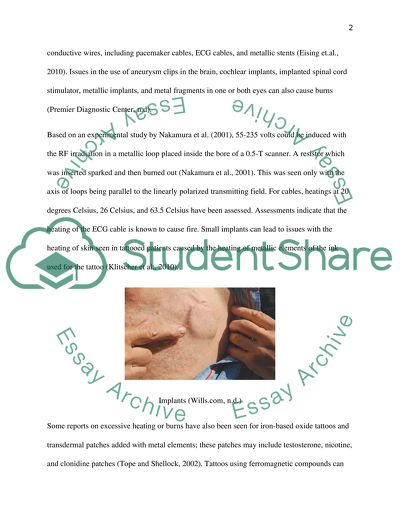Cite this document
(“RF Burns - causes and prevention Assignment Example | Topics and Well Written Essays - 2000 words”, n.d.)
Retrieved from https://studentshare.org/physics/1472172-rf-burns-causes-and-prevention
Retrieved from https://studentshare.org/physics/1472172-rf-burns-causes-and-prevention
(RF Burns - Causes and Prevention Assignment Example | Topics and Well Written Essays - 2000 Words)
https://studentshare.org/physics/1472172-rf-burns-causes-and-prevention.
https://studentshare.org/physics/1472172-rf-burns-causes-and-prevention.
“RF Burns - Causes and Prevention Assignment Example | Topics and Well Written Essays - 2000 Words”, n.d. https://studentshare.org/physics/1472172-rf-burns-causes-and-prevention.


